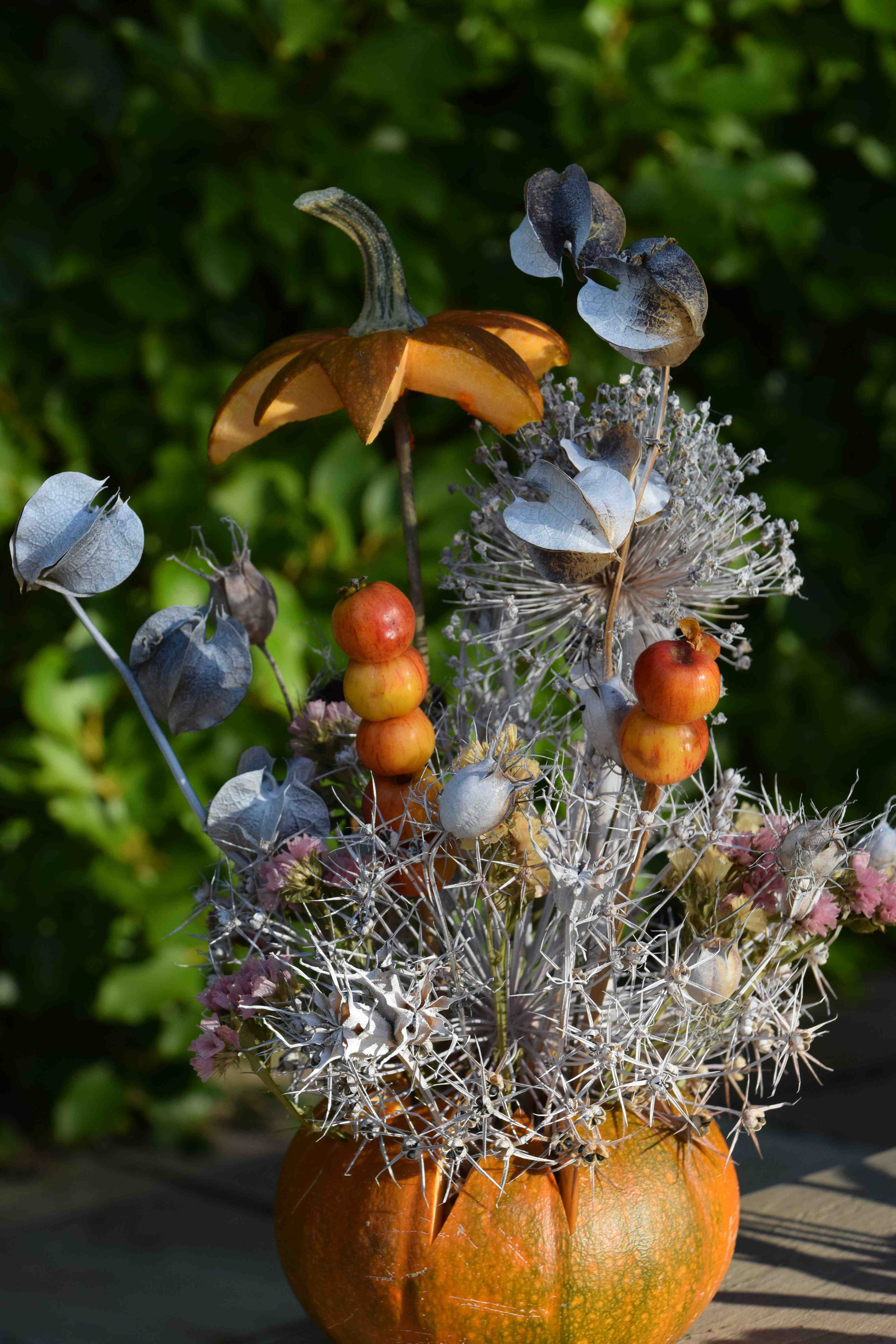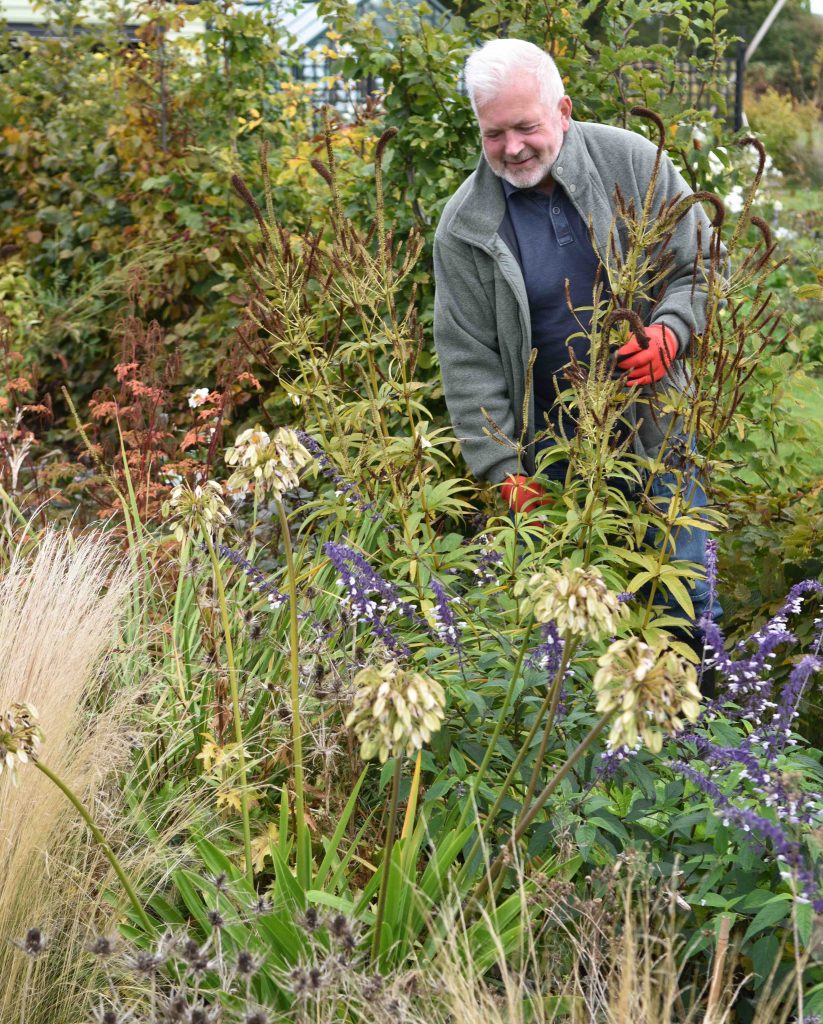
As autumn merges into winter, the question in the garden is whether to tidy up borders now or to leave them till spring. There are benefits on both sides.
Those who argue that they should be left, enjoy the dead seed heads of summer flowers and remind us that nature drops leaves over the borders to protect tender plants and provide hiding places for wildlife. Those who like to tidy up in autumn are aware that not all wildlife is beneficial and includes slugs and snails and prefer to see a tidy plot.
I swing towards an autumn tidy, to get rid of weed seedlings that will burst into growth in spring, to mulch around plants and to cut down dead stems that, in theory look attractive when dusted in frost but more often just rot in the rain. But the most important reason of all is that my borders are planted with bulbs and I need to work on the beds before these send up their shoots. No matter how careful I am, weeding, clearing and dividing plants in spring always damages the bulbs.
I also grow quite a lot of late flowers and I hate to cut these back white they are still in bloom. The asters are still colourful and even the cosmos are covered in flowers so, where they don’t have to be pulled up to make room for other plants, these will stay a little longer. I also grow some tender salvias and these have more flowers now than in the heat of summer so I will leave them alone. Of course, I took cuttings in August so I have replacements.
But it is worth digging up, cutting back and potting tender plants to keep them for next year, especially if you did not get round to taking cuttings.
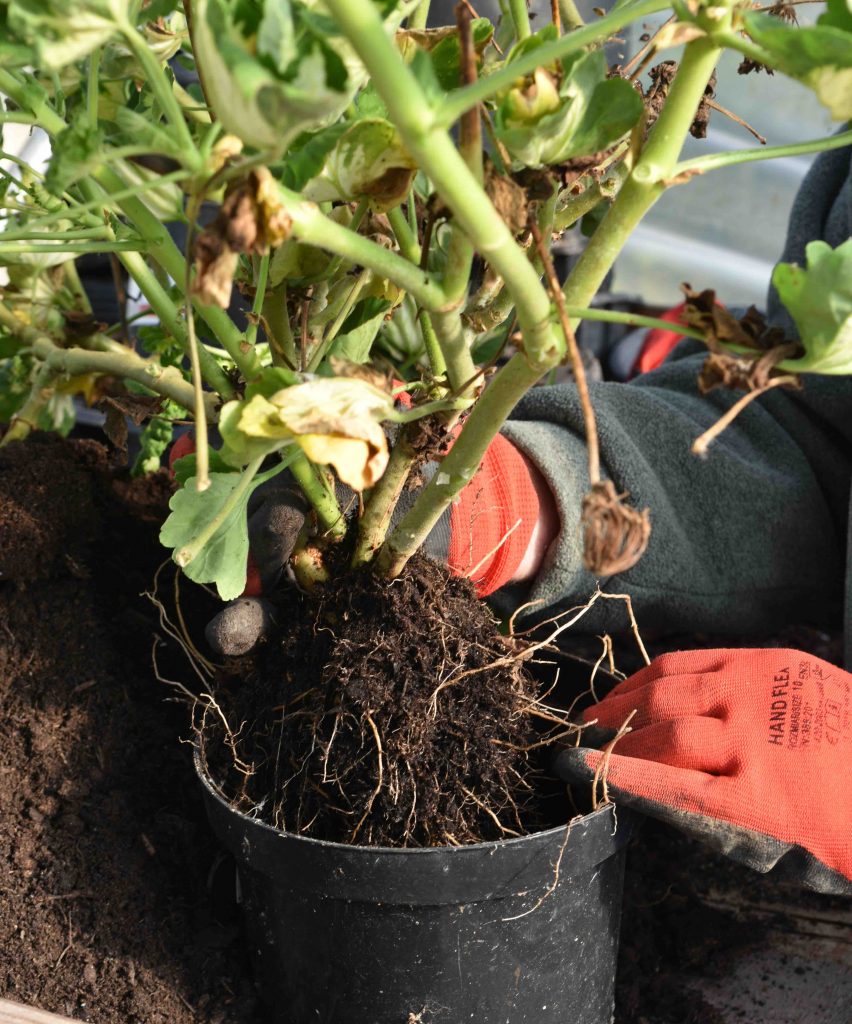
The best way to keep your favourite pelargoniums is to take cuttings in late summer but if you didn’t then you can keep the old plants. They can then be grown next year or used as stock for cuttings in spring. There are several ways to keep the plants and the best will depend on your circumstances. The key is to keep plants dry in winter and to avoid cutting them back at this time of year.
Pull up or dig up the plants, trying to avoid damaging the branches. They should then be allowed to dry out, perhaps on a sheet of newspaper. After a few weeks the leaves will drop off and the plants can be placed in cardboard boxes in a shed or greenhouse. They must be kept dry. Some people hang up the plants in a shed. This is the most basic of treatment and only some of the plants will survive, to be cut back and repotted in spring.
Alternatively the plants can be potted and kept quite dry over winter in a cool or cold greenhouse. The roots should be watered every now and then but avoid wetting the leaves. Pull off and collect any leaves that drop, to avoid rot. Cut back the stems in spring.
If you have room on windowsills place the potted plants there and keep them just moist. They will drop some leaves at first, after the shock of being pulled up, and will then recover and may bloom throughout the winter.
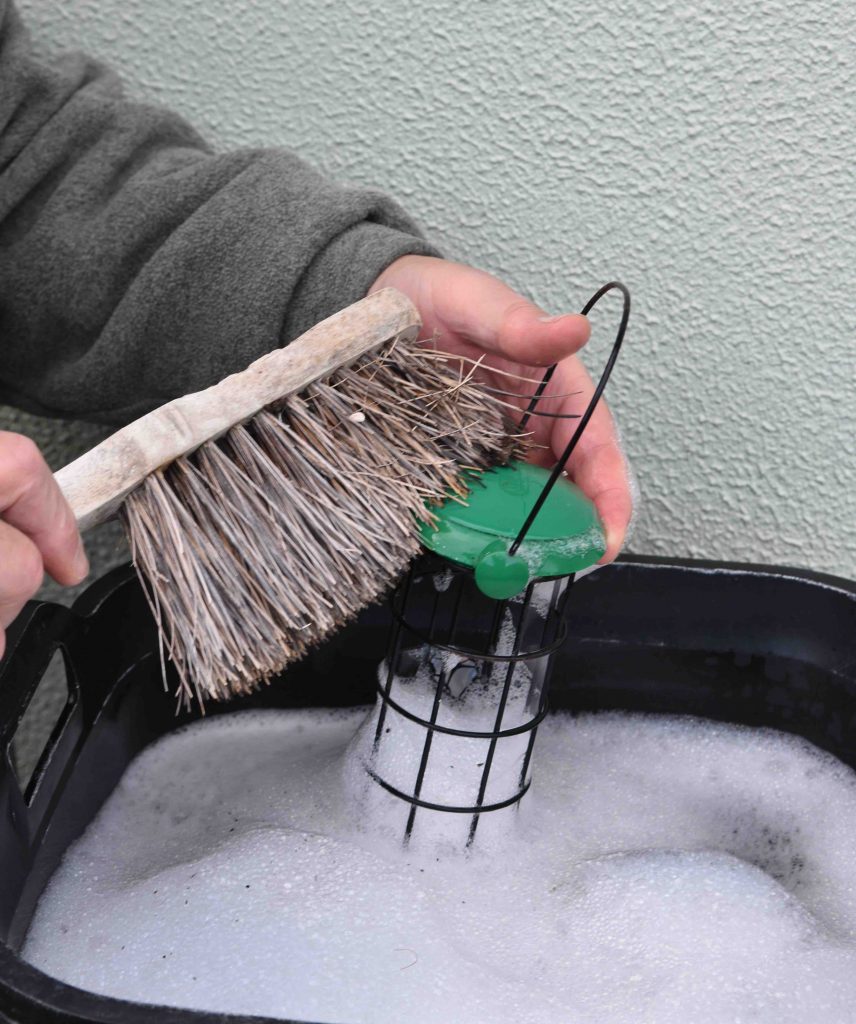
Most of us feed wild birds all year but as winter approaches it becomes more important. Try to provide a range of feeds and feeders and keep them topped up. It is also important to keep feeders clean because the feeders bring the birds together and increases the chances of them spreading diseases. Give them a thorough clean every few weeks, which is also a good opportunity to dispose of any uneaten food which may start decaying.
And in case you were wondering what was making me laugh when I was cutting back the border, it was because Mia was stalking me.
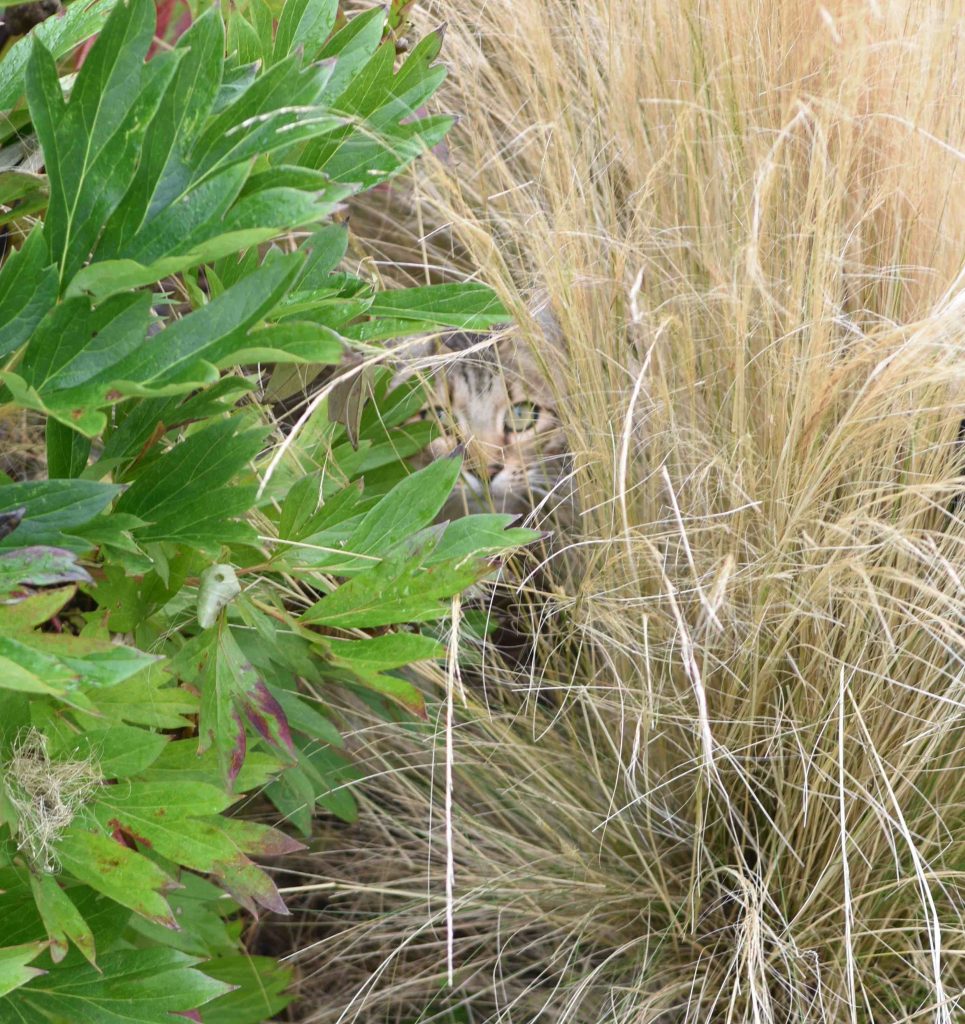
Weekly reminders
Buy and pot up hippeastrum for winter flowering. ‘Paperwhite’ narcissi can also be potted and started for Christmas flowering. They are very easy to grow but can bloom very quickly in warm rooms so keep them cool and bright to delay flowering.
For the best sweet peas next year sow them now. They don’t need high temperatures and a cold greenhouse is suitable.
Remove any saucers under patio pots so the roots are not too wet over winter and place them on pot feet.
Continue to plant spring bulbs in the garden and in pots for splashes of colour
And Happy Hallowe’en
